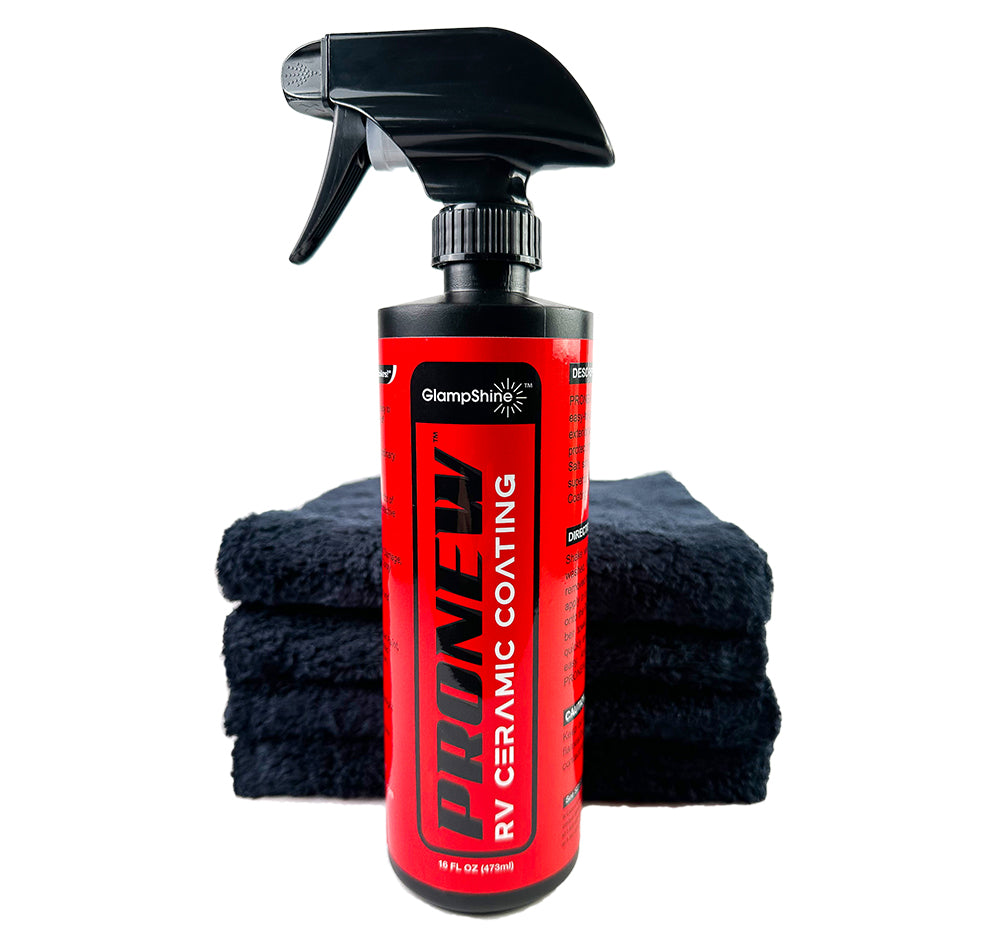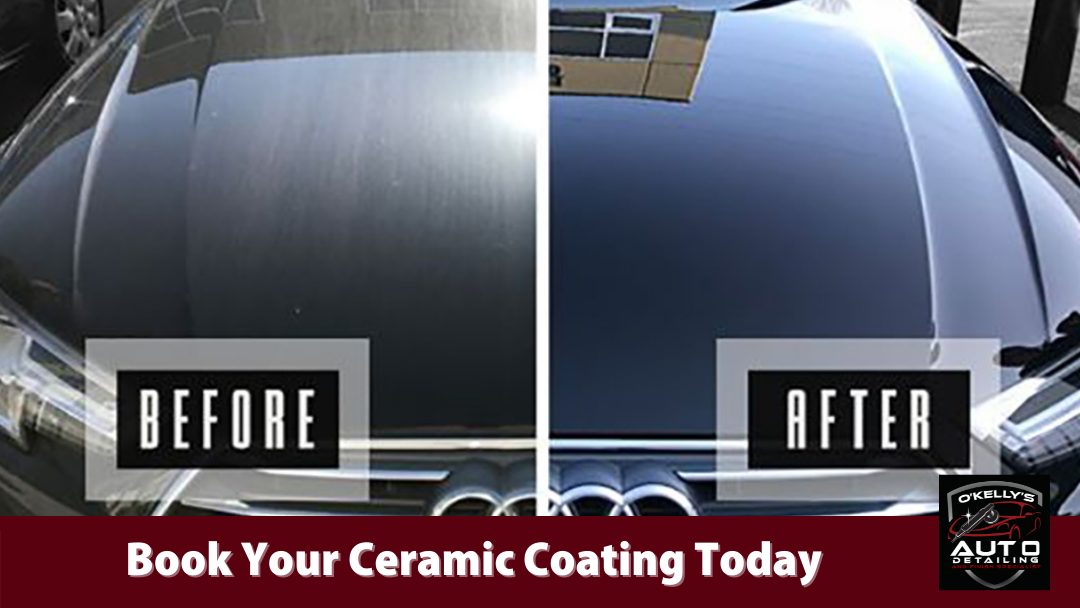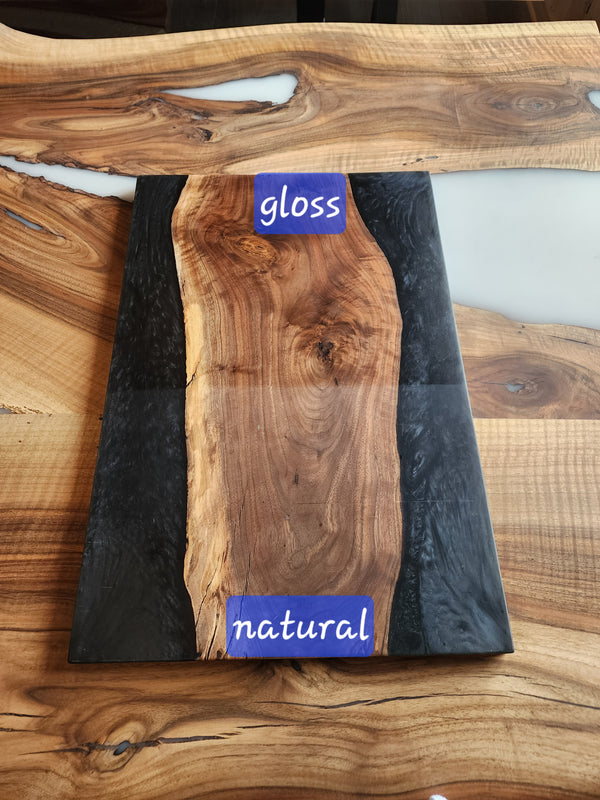The Function of Ceramic Coating Philadelphia in Protecting Against Scrapes and Damages
The Function of Ceramic Coating Philadelphia in Protecting Against Scrapes and Damages
Blog Article
Why Ceramic Finish Is the Ultimate Remedy for a Flawless Finish
Ceramic finishing has become a leading service for those seeking a perfect finish for their vehicles, many thanks to its impressive sturdiness and protective features. This sophisticated fluid polymer not only bonds seamlessly with factory paint yet additionally supplies a powerful barrier against common threats such as scrapes, UV rays, and environmental toxins. Moreover, its hydrophobic residential properties streamline maintenance while improving visual allure. However, recognizing just how this modern technology contrasts to standard approaches and exploring its application subtleties can expose also extra about its worth. What variables genuinely established ceramic covering apart?
What Is Ceramic Coating?

When applied appropriately, ceramic coating develops a hydrophobic surface area that wards off water and dust, making it easier to clean up and preserve. Unlike traditional waxes or sealers, which usually supply temporary protection, ceramic coverings can last for several years, depending upon the item top quality and application technique. The process of applying ceramic covering needs meticulous prep work, including detailed cleaning and in some cases paint modification, to ensure ideal bonding and efficiency.
Ceramic layers are not restricted to auto surfaces; they can additionally be made use of on numerous materials, including glass, steel, and plastics, providing a flexible remedy for enhancing protection. On the whole, ceramic covering represents a considerable innovation in surface protection technology, integrating both functional and aesthetic advantages for a variety of applications.
Benefits of Ceramic Layer
While several surface area security choices exist, the benefits of ceramic finishing stand out because of its distinct residential properties and long-lasting efficiency. One of the main advantages is its remarkable longevity. Ceramic Coating Philadelphia. Unlike standard wax or sealers that require regular reapplication, ceramic finishes provide a resistant layer that can last for numerous years, substantially decreasing maintenance initiatives
One more notable benefit is improved security against environmental pollutants. Ceramic finishings develop a hydrophobic surface area that pushes back water, dust, and different toxins, making it easier to clean up. This feature not just maintains the automobile's appearance yet additionally minimizes the danger of corrosion and oxidation, especially in harsh weather.
Additionally, ceramic finishings offer remarkable resistance to UV rays, avoiding fading and degradation of paint over time. This UV protection is critical for keeping the aesthetic value of cars and surface areas exposed to route sunshine.
Additionally, the shiny surface accomplished with ceramic finishing improves the total aesthetic allure, offering surface areas a showroom-quality shine. On the whole, ceramic coverings represent a considerable innovation in surface area security innovation, providing enduring benefits that provide to both practical and visual requirements.
Just How It Functions
Recognizing the science behind ceramic layers discloses just how they supply such impressive protection and durability. At its core, a ceramic finishing is a fluid polymer that chemically bonds with the automobile's manufacturing facility paint. This bonding creates a safety layer that is both oleophobic and hydrophobic, repelling water, dust, and oil. The key component of a lot of ceramic coatings is silicon dioxide (SiO2), which is stemmed from quartz. This compound contributes to the covering's hardness and resistance to scratches, UV rays, and ecological impurities.
The application procedure includes multiple steps, including surface prep work, published here which is critical to attaining optimum bond. Once applied, the finishing goes through a curing procedure, throughout which it hardens and creates a semi-permanent bond with the paint surface. This bond is what distinguishes ceramic layers from typical waxes and sealants, providing a longer-lasting safety obstacle that can sustain for many years.
Furthermore, the density of the layer can enhance its protective top qualities, making sure that it can stand up to extreme conditions. Inevitably, the science of ceramic coverings combines advanced products next page with innovative application strategies to provide an unequaled degree of protection and visual enhancement for cars.
Contrast With Typical Approaches
When contrasted to conventional paint protection methods such as sealers and waxes,The advantages of ceramic coatings end up being particularly noticeable. While waxes supply a momentary sparkle, normally lasting a few weeks to a number of months, ceramic coverings offer a durable protective layer that can withstand for several years. This sturdiness considerably decreases the regularity of reapplication, making ceramic coverings an extra cost-effective service in time.
Additionally, typical techniques often require comprehensive prep work and numerous applications to achieve a sufficient level of defense. In comparison, ceramic coatings bond at a molecular level with the automobile's surface, creating a durable guard versus ecological pollutants like UV rays, acid rainfall, and road salts. This bond improves the car's resistance to scrapes and swirl marks, which are common with conventional waxes and sealers.
Furthermore, the hydrophobic properties of ceramic finishings push back water and dust, resulting in simpler cleaning and upkeep. On the other hand, wax and sealant-treated surfaces can bring in crud, requiring more frequent cleaning - Ceramic you can find out more Coating Philadelphia. Generally, ceramic coverings not just supply superior defense however also provide a much more enduring and aesthetically enticing surface, establishing them as the favored choice for discerning lorry proprietors
Application and Upkeep Tips

Making use of a foam applicator, apply the layer in small sections, adhering to the manufacturer's standards relating to thickness and overlap. Allow sufficient curing time in between layers, commonly 24 hr, to ensure proper bonding. After application, it is essential to stay clear of direct exposure to water or harsh elements for a minimum of a week to permit the covering to completely heal.
For upkeep, wash the automobile regularly with pH-balanced soaps and prevent unpleasant products. Touchless car laundries are recommended to decrease damaging. Additionally, utilizing a ceramic maintenance spray can enhance the finish's hydrophobic homes and long life. Regular examinations for any type of indications of wear will certainly assist maintain the finishing's integrity and maintain that pristine surface.
Verdict
In conclusion, ceramic coating emerges as a remarkable choice for accomplishing a flawless auto coating. By developing a robust bond with factory paint, ceramic layer efficiently guards against scratches, UV rays, and environmental contaminants.

Report this page